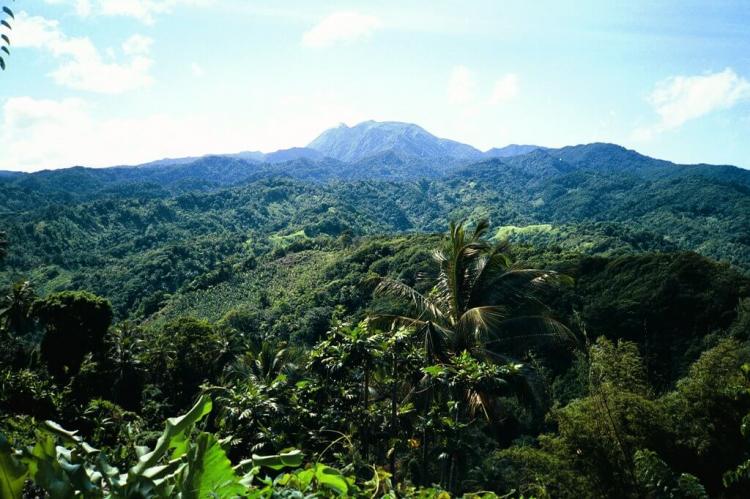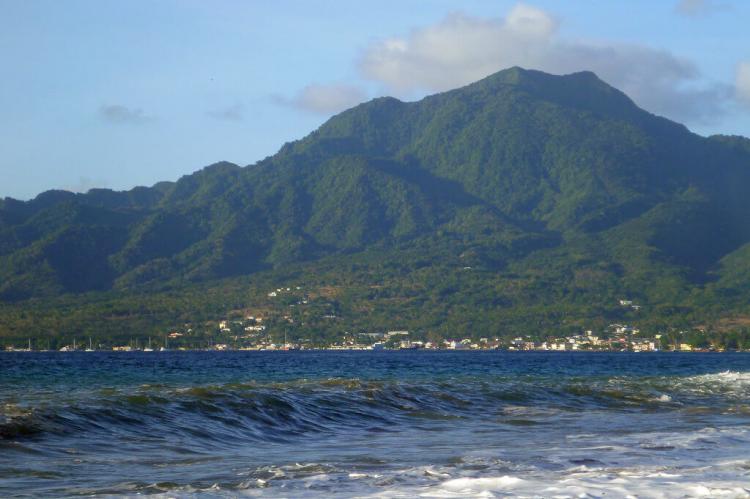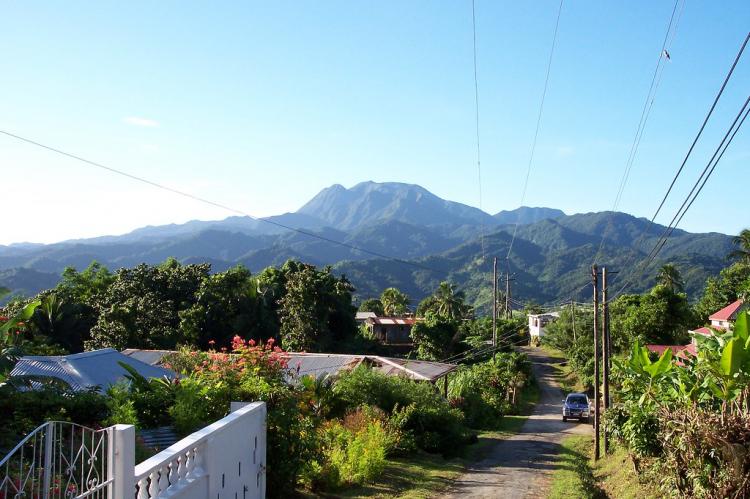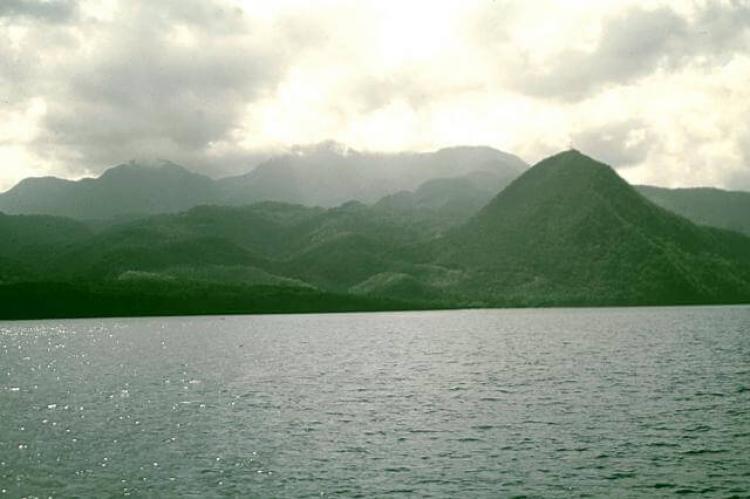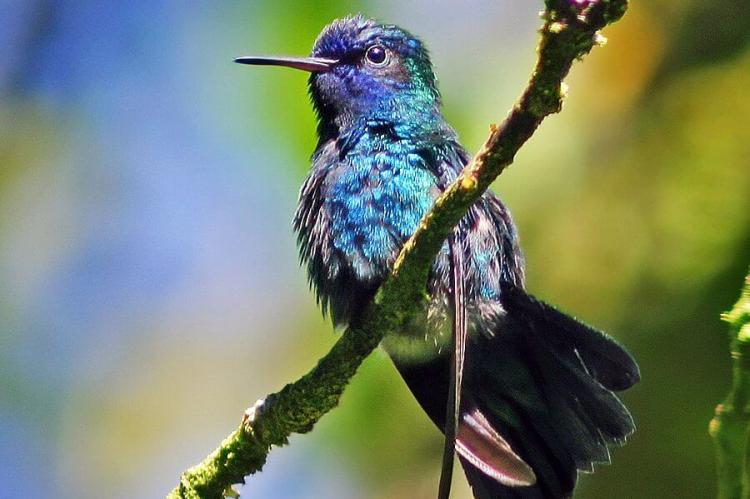Morne Diablotin: Guardian of Dominica's Biodiversity
Nestled within the heart of Dominica, Morne Diablotin stands as a towering testament to the island's rich natural heritage. This majestic mountain and its surrounding national park is a sanctuary of biodiversity and ecological significance, from the endangered Dominican parrots to the elusive tree lizard.
Morne Diablotin: Guardian of Dominica's Biodiversity
Nestled within the verdant heart of Dominica, Morne Diablotin stands as a towering testament to the island's rich natural heritage. Crowned with mist-shrouded peaks and draped in lush tropical rainforest, this majestic mountain and its surrounding national park harbor an extraordinary array of flora and fauna found nowhere else on Earth. Morne Diablotin National Park is a sanctuary of unparalleled biodiversity and ecological significance, from the endangered Dominican parrots to the elusive tree lizard.
Geography and Geology
Morne Diablotin, soaring to an impressive height of 1,447 meters (4,747 feet), reigns as the highest peak in Dominica and the second highest in the Lesser Antilles, after La Grande Soufrière in Guadeloupe. Located in the northern interior of the island, it is nestled within the boundaries of Morne Diablotin National Park, a protected area established in January 2000. The park encompasses 3,335 hectares (8,242 acres) of pristine rainforest, elfin woodlands, and montane forests, safeguarding some of the finest and least disturbed ecosystems in the insular Caribbean.
The stratovolcano that forms Morne Diablotin consists of multiple coalescing lava domes, with additional domes scattered across its broad summit. While no historical eruptions are documented, evidence of past volcanic activity is abundant, including pyroclastic-flow deposits dating back thousands of years. Severe earthquake swarms in the 19th century hint at the restless nature of this geological giant, which continues to shape the landscape through its subterranean movements.
Biodiversity
Morne Diablotin National Park serves as a haven for Dominica's endemic flora and fauna, with its dense forests and pristine waterways providing vital habitat for a myriad of species. The park is particularly renowned for its resident parrots—the imperial amazon (Amazona imperialis), or Dominican amazon and the red-necked amazon (Amazona arausiaca), or red-necked parrot. Both species are found nowhere else and face imminent threats from habitat loss and natural disasters.
The imperial amazon, affectionately known as the sisserou, holds a special place in the hearts of Dominicans and is immortalized as the national bird of Dominica. However, its numbers have dwindled to a mere handful, with only about 50 mature individuals remaining in the wild. Efforts to safeguard this iconic species include reintroduction programs in neighboring national parks, such as Morne Trois Pitons National Park.
In addition to the endemic parrots, Morne Diablotin National Park teems with a diverse array of avian life, including migratory warblers and resident hummingbirds. The forest canopy echoes with the calls of black-throated blue warblers, hooded warblers, and other feathered residents. At the same time, the tranquil streams harbor elusive waterbirds like the little blue heron and the yellow-crowned night heron.
Flora
The flora of Morne Diablotin National Park is equally impressive, with towering buttressed trees, sprawling epiphytes, and vibrant orchids adorning the forest floor. Giant anthuriums and wild bromeliads vie for space among the moss-covered boulders while ferns unfurl their delicate fronds in the dappled sunlight. The park's diverse vegetation provides vital resources for countless species of insects, birds, and mammals, forming the cornerstone of its rich ecological tapestry.
Fauna
Beyond its avian inhabitants, Morne Diablotin National Park is home to a wealth of terrestrial and aquatic fauna. Feral pigs roam the forest floor, while bats flit through the canopy in search of nocturnal prey. Agoutis and opossums scurry among the undergrowth, while reptiles like the Lesser Antillean iguana and the tree lizard bask in the sun-dappled clearings. The park's crystal-clear streams teem with freshwater fish and crustaceans, completing the intricate web of life that thrives within its boundaries.
Conclusion
In conclusion, Morne Diablotin and its eponymous national park stand as beacons of biodiversity and natural beauty in the heart of the Caribbean. From the mist-shrouded peaks to the tranquil river valleys, this pristine wilderness offers a glimpse into a world untouched by time—where rare parrots soar overhead and ancient forests whisper tales of bygone eras. As Dominica strives to preserve its natural heritage for future generations, Morne Diablotin remains a shining example of conservation in action, inspiring awe and wonder in all who venture into its hallowed embrace.
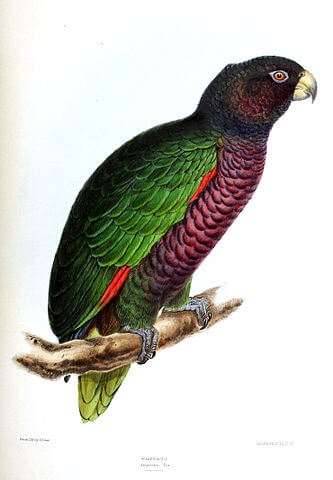
Illustration of the Imperial Amazon parrot by English zoologist David William Mitchell
